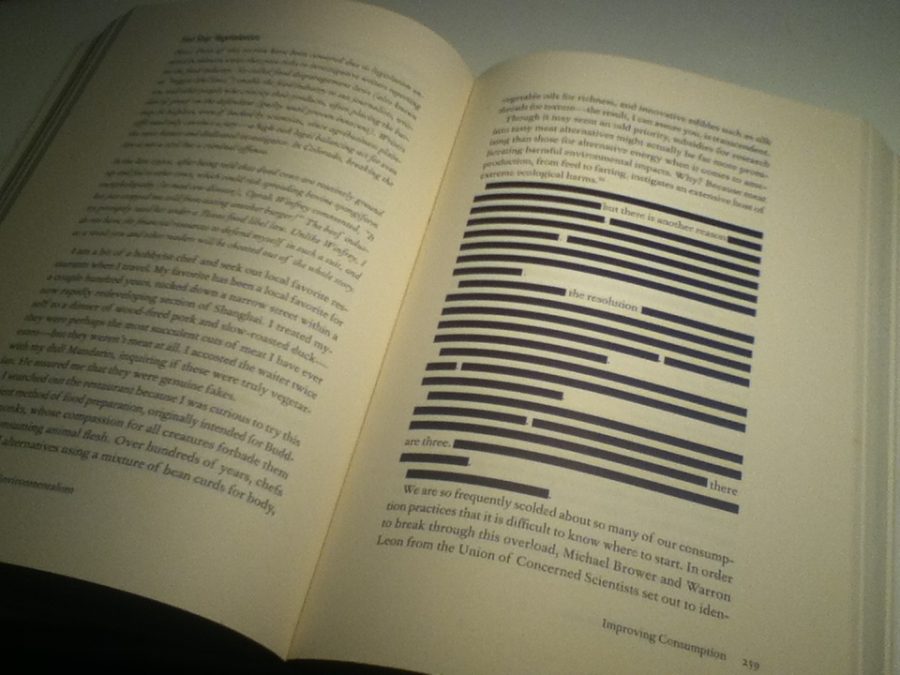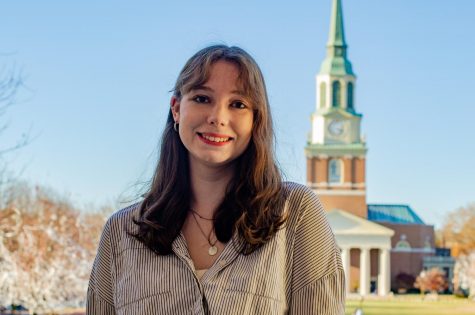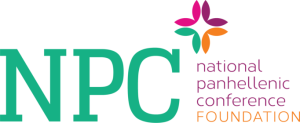Students discuss the issue of censorship
Censorship has generated increasing controversy in a country founded on the idea of free speech
The utilization of censorship by both liberals and conservatives has proven especially controversial in recent years, prompting discussion over what kind of precedent it sets.
February 17, 2022
Sophie Guymon: Well, Conor, it appears that the idea of censorship has returned to a central spot in our national discourse as of late. This raises the question of whether censorship is necessary to filter out more dangerous ideas, or if censorship itself is dangerous?
Conor Metzger: I agree with that observation. Censorship has become a sort of “buzzword” within our nation’s discourse — any mention of it is sure to draw eyeballs and opinions. This question of necessity is tricky when you consider that it’s usually left up to private entities. Censorship is not a new concept, but its meaning has changed in the digital age, in which opinions are more widely shared and discussed — and this is where the danger lies. In order to have this discussion, we should recognize both the relevance and irrelevance of history. There have always been multiple opinions within this country — some productive and some dangerous — but only the more verifiable and popular opinions could be spread to a larger audience. However, what we are seeing now is the censorship of these opinions — based on the will of a few — before people can even reach a consensus.
SG: While I agree that censorship can be harmful, I do believe it’s necessary at times. There’s an important difference between allowing the expression of a variety of opinions and allowing hate speech, bigotry and the spread of misinformation. Many countries have enacted laws restricting hate speech because of the harm it can inflict on targeted groups — the U.S. is unique in allowing these expressions as a matter of free speech. Hate speech promotes these harmful behaviors, and thus their removal should take precedence over free speech.
CM: Putting it that way makes it hard to argue — since any argument would appear as if it is not considering the needs of those targeted by hate speech. What we need to recognize is the issue with tools of censorship being used by private entities who have their own agenda. They are the ones who are allowed to make subjective judgments on what is considered “hate speech.” This is dangerous in itself because there is no consensus on when an opinion has reached the “hate speech” threshold. We should look at where the breakdown in making quality judgments is coming from. As we saw with the Capitol riots, there are many people whose opinions can be swayed without considerable evidence, thus easily falling into a narrative that they do not even recognize as hateful. We’ve seen this throughout history, with a very clear breakdown in racial perspectives that created — and continues to perpetuate — systemic racism.
SG: There’s certainly disagreement over what constitutes hate speech and what doesn’t. Rather than allowing its expression, we need to clarify the boundaries of what constitutes hate speech — and look to the marginalized groups affected by it when doing so. There is an issue of a lack of representation in the media, across all mediums. Even politics remains dominated by wealthy, white men who — for the most part — have never experienced true oppression. In order to combat the expression of hate speech, marginalized groups need to be represented in spaces where opinions are being expressed and decisions are being made. In this way, hate speech can be stopped before it’s started — the boundaries of what constitutes hate speech should not be dictated by those who are not targeted by it. Most of the proponents of radical free speech and expressions of bigotry are people who are not marginalized in any way, shape or form, making any defense of hate speech ring hollow.
CM: We do need to ensure that the opinions of the marginalized are being expressed. If we look at the opinions that gain traction today, it seems that minority voices are being uplifted. One recent example is the role of social media in the Arab Spring, where we saw the disenfranchised rise up against the oppressive ruling class. Unfortunately, as of late it seems we are going in the opposite direction, with the powerful using tools of censorship to silence opinions that go against the narrative, without looking at the precedent that sets. While we see dangerous right-wing views being censored as a net positive, once these tools of censorship are given meaning and effect, it is increasingly difficult to do away with them. Positions of power — contrary to popular belief — change. What happens when another Donald Trump figure is voted into office? What happens if this figure takes control of the virtual world through Congress? They would then be able to silence the voices that protest them and possibly go even further. How long would it be before our elections are taken from us — along with the notion of a minority voice? Censorship is an alluring tool to our leaders, no matter how virtuous they may seem. Power is seductive, and censorship seems like a great way to gain it.
SG: While there are examples of minority voices being uplifted and dangerous right-wing views being censored, there are also numerous examples of the opposite — one being recent bans on critical race theory across American schools. For every minority voice that is uplifted, there are many more that are silenced or ignored. In a way, the Capitol riots actually occurred due to a lack of censorship: throughout his presidency and continuing after, Trump made numerous tweets that were blatantly false. Many of his followers took them as gospel. It’s entirely possible that if Twitter had banned Trump’s account sooner, there may have never been a Capitol riot. Censorship has also been a hot topic in relation to the COVID-19 pandemic, as we are constantly learning new information about the virus and how it spreads. There has been a lot of information published and disseminated about COVID-19 that is factually incorrect, sometimes even by the CDC itself. Enabling the spread of misinformation about a virus that has caused so many deaths and profoundly affected our lives is dangerous. Error is inevitable, but it’s important that we not disseminate information about a disease like COVID-19 that hasn’t been backed with research — and that’s where problems with forms of media such as the Joe Rogan Experience podcast arise.
CM: I believe that these false theories gain traction because they are censored. Most false information I have learned about COVID-19 was from media reports on its censorship. The issue is not that these ideas are out there but that people are not used to deciding which information is more factual than others. Censoring minority theories only upholds those which may be discredited, leaving people with a feeling of mistrust when they are told to “trust the science”. Sometimes science gets it wrong. People need to learn how to make educated decisions for themselves and censorship is not conducive to that. The same can be said of the Capitol riots. People were likely listening to Trump in the first place due to deep mistrust of the establishment and an “underdog” mentality. There’s an argument that you can’t teach people to sift through information — but then what is the point of sharing differing ideas? By this logic, more ideas mean more practice, leading to better decision-making in the long run — but only if we allow decisions to be made by individuals rather than large corporate or governmental entities.
SG: We may not agree exactly on when and how censorship should be utilized, but I think we can agree that decision-making regarding the dissemination and consumption of information should take many perspectives into account, rather than a corporation or large entity that may not be representing minority voices. I appreciate that we were able to discuss a controversial topic in a well-reasoned, thought-provoking way.
CM: I agree, thank you for having this conversation with me.















